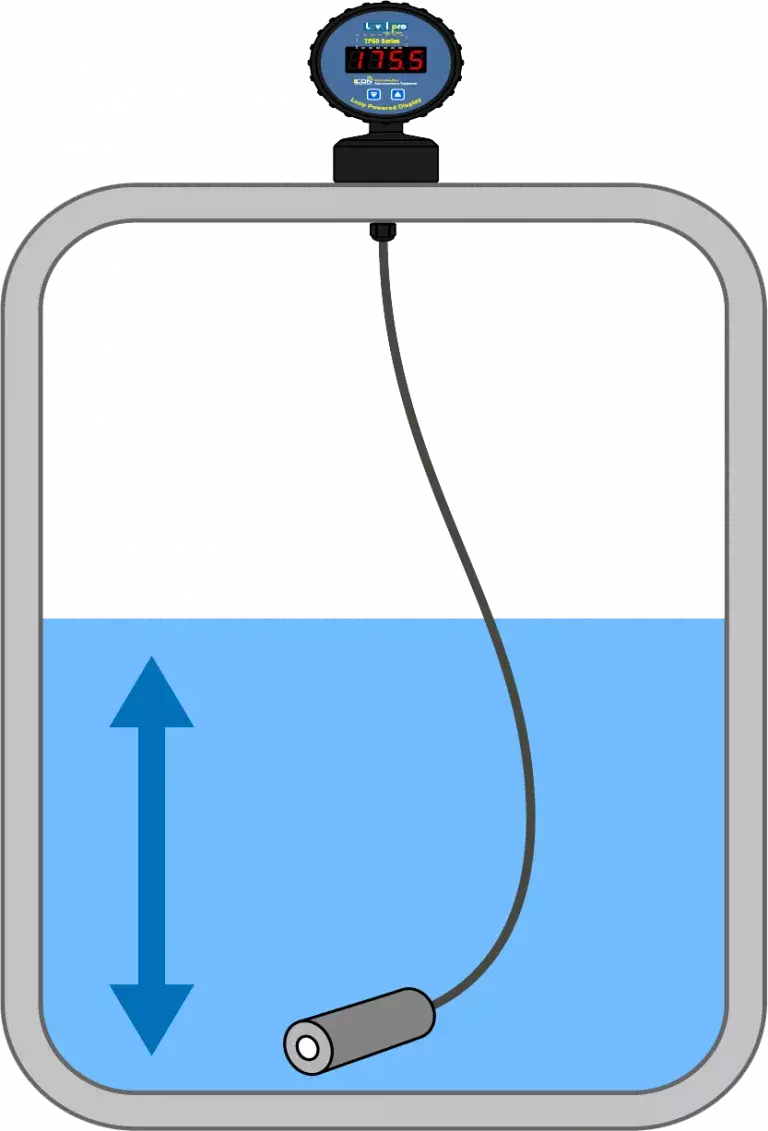How does a liquid level sensor work?

A liquid level sensor typically consists of a sensor, a transmitter, and a receiver. The sensor is placed in contact with the liquid, and it sends a signal, such as an electrical current or a beam of light, to the surface of the liquid. When the signal hits the surface of the liquid, it is reflected back to the sensor.
The time it takes for the signal to travel from the sensor to the liquid and back is measured by the receiver, which is connected to the sensor. Based on this time, the receiver can calculate the distance to the liquid’s surface and determine the level of the liquid in the container.
One of the most reliable liquid level sensors is the submersible sensor. It sits at the bottom of the tank and measures the pressure of the liquid above it. It is not affected by foam, vapor, turbulence or condensate. The Levelpro® 100 series is an all plastic sensor that is designed for measuring corrosive chemicals
Some liquid level sensors use ultrasonic technology, which uses high-frequency sound waves to measure the level of the liquid. In this case, the sensor sends out a pulse of ultrasonic sound waves, which travel through the air and are reflected back by the surface of the liquid. The receiver measures the time it takes for the sound waves to travel from the sensor to the liquid and back, and uses this information to calculate the level of the liquid.
Other liquid level sensors use optical technology, which uses light waves to measure the level of the liquid. In this case, the sensor sends out a beam of light, which is reflected back by the surface of the liquid. The receiver measures the time it takes for the light to travel from the sensor to the liquid and back, and uses this information to calculate the level of the liquid.
Regardless of the type of technology used, liquid level sensors are typically calibrated to account for factors such as the temperature of the liquid, the type of liquid, and the shape and size of the container. This ensures that the sensor provides accurate and reliable measurements of the liquid level.
Learn more about level sensors
Please contact us to discuss your application


